One of the many issues facing teachers during ‘remote learning’ is maintaining high levels of student engagement. It is understandable why, when left to their own devices, a student might reach for their PlayStation controller rather than their school iPad. What can we do to fight this?
At Berwickshire High School, our student engagement spreadsheet suggests that, in some areas, teachers are consistently keeping students coming back for more. After discussing with staff what is working, I found that, though no two people are doing the exact same thing, there are some key commonalities.
I’ve pulled these together, with some exemplification, in this seven-minute video:
Where it’s working, teachers are focussed on the following:
- Simplifying: reducing the amount of ‘stuff’ students are facing to what is essential. What is simplest way to word the Learning Intentions? Do you need that extra slide?
- Using the success criteria like a checklist
- Having a ‘consistency of experience’ for the students: students know that at this time, they go here, where they’ll experience a lesson with a common structure – starting with daily review, going into a discussion of the Learning Intentions and Success Criteria, followed by teacher modelling and time to complete a task, and ending with a plenary where the teacher checks that the students have learned what they should have.
- Giving brief, regular, useful bits of feedback that outline next steps
None of this is rocket science, but it works. The good news is that these are all the exact same things we should be doing in our actual classrooms. If we can focus on getting this right during these wild times, just think how much more effective we’ll be as teachers when we bring what we’ve learned back into our classrooms!
The majority of teachers I know are being too hard on themselves at the moment. It’s important to remember that we are doing our best, and if you are struggling, call someone. Send an email. We’re all in the same boat and if we row in the same direction, we’ll get there.
Derek Huffman , PT Pedagogy, Berwickshire High School

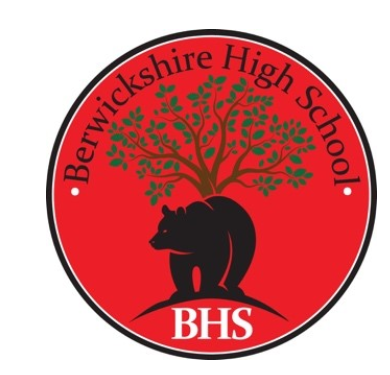

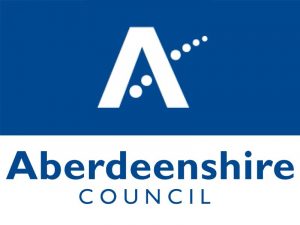 In Aberdeenshire, our EAL teachers have been working to find the best ways to support bilingual learners and their families throughout the pandemic, as well as class teachers. If adapting to the challenges of the pandemic and online learning were not hard enough, many children and families have also faced the language barrier, as well as perhaps not being familiar with the Scottish Curriculum and routines and norms that may be taken for granted as something all children and families will think of as normal. Over the last year, our EAL teachers have embraced new ways of working and have developed a range of resources and approaches. Telephone interpreting used to be very rarely used but has now seen demand skyrocket with a lot of positive feedback on its effectiveness in breaking down the language barrier and building relationships between school and family. On several occasions schools have been able to speak to parents who they had not previously managed to reach, and as a result have managed to overcome some barriers that had prevented families from accessing online learning. EAL teachers have also been supporting bilingual learners by sharing advice and resources with class teachers, and also working with some pupils through video conferencing, including teaching SQA ESOL courses. The service has also produced translated comments and videos to support families who may be having difficulty in engaging with online learning.
In Aberdeenshire, our EAL teachers have been working to find the best ways to support bilingual learners and their families throughout the pandemic, as well as class teachers. If adapting to the challenges of the pandemic and online learning were not hard enough, many children and families have also faced the language barrier, as well as perhaps not being familiar with the Scottish Curriculum and routines and norms that may be taken for granted as something all children and families will think of as normal. Over the last year, our EAL teachers have embraced new ways of working and have developed a range of resources and approaches. Telephone interpreting used to be very rarely used but has now seen demand skyrocket with a lot of positive feedback on its effectiveness in breaking down the language barrier and building relationships between school and family. On several occasions schools have been able to speak to parents who they had not previously managed to reach, and as a result have managed to overcome some barriers that had prevented families from accessing online learning. EAL teachers have also been supporting bilingual learners by sharing advice and resources with class teachers, and also working with some pupils through video conferencing, including teaching SQA ESOL courses. The service has also produced translated comments and videos to support families who may be having difficulty in engaging with online learning.





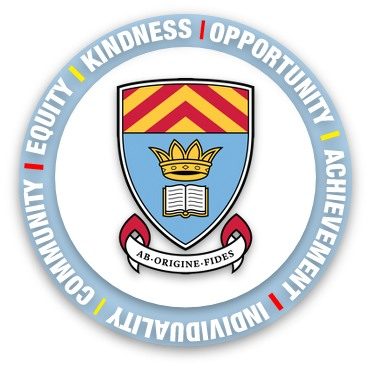






 The Inspiring Digital Enterprise Award, known as iDEA, is an international programme that helps students develop and demonstrate digital, enterprise and employability skills.
The Inspiring Digital Enterprise Award, known as iDEA, is an international programme that helps students develop and demonstrate digital, enterprise and employability skills.
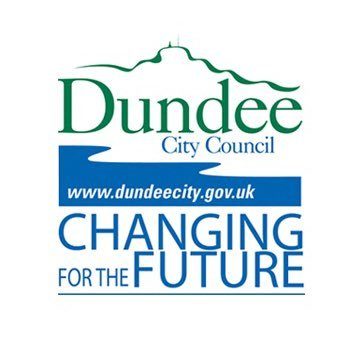
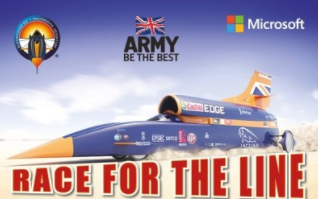
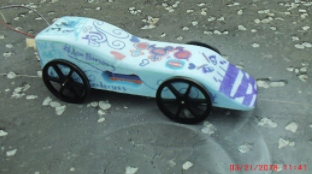
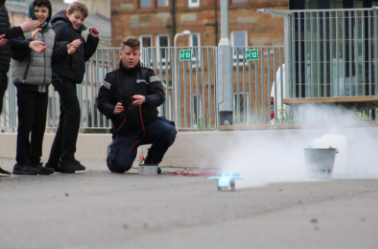


You must be logged in to post a comment.